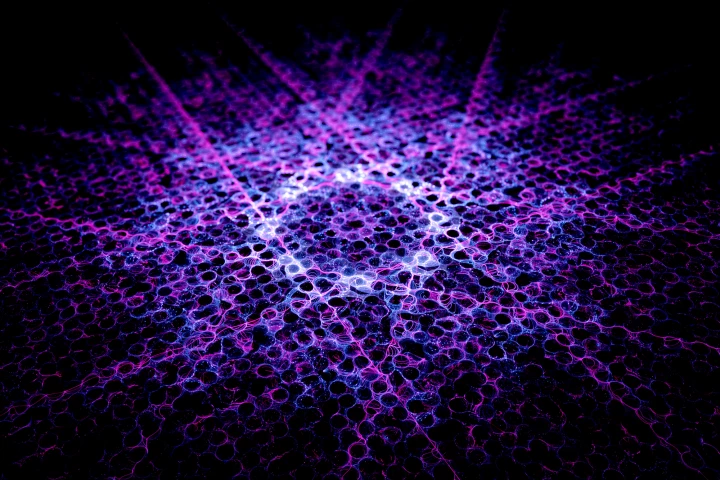Carbon Monoxide
-
An engineered protein that acts like a molecular sponge can hunt down CO molecules in the bloodstream and safely flush them out of the body in just minutes, without the risk of short- or long-term organ damage that comes with current oxygen treatment.
-
Using a popular culinary technique, researchers have created a foam infused with carbon monoxide to boost the effectiveness of an experimental cancer therapy. The novel foam offers a promising approach to improving treatments for different cancers.
-
In an effort to mitigate human-caused climate warming, scientists are focused on ways to remove carbon dioxide from the atmosphere. One of the more novel ways to do this has just been announced by scientists employing a smart dual-method process.
-
Greenhouse gases and plastic waste are two of the biggest environmental problems the world faces today. A new reactor from Cambridge tackles both at once, converting CO2 and used plastic bottles into useful materials, powered entirely by sunlight.
-
The James Webb Space Telescope has provided the most detailed look at an exoplanet atmosphere ever. Studying data from four instruments astronomers compiled a complete molecular and chemical profile of the planet, including signs of active chemistry.
-
Leaves are impressive machines, converting sunlight, carbon dioxide and water into energy. Cambridge scientists have now created artificial leaves that can float on water, tapping into sunlight above it and water below to efficiently produce fuels.
-
Astronomers have counted the number of neutrons inside carbon atoms from 2.8 quadrillion km away. The team managed to measure the ratios of carbon isotopes in the atmosphere of an exoplanet for the first time, which can tell us about how it formed.
-
Researchers have created a new alloy made up of not two, but five different metals, and put it to work as a catalyst. The 2D material was able to convert carbon dioxide into carbon monoxide, potentially helping to turn the greenhouse gas into fuels.
-
A new reactor converts carbon monoxide into acetic acid, using tiny copper cubes as a catalyst. The device is relatively simple and can operate for long periods, allowing the unwanted waste gas to be turned into an industrially useful product.
-
Artificial leaves can convert sunlight, water and carbon dioxide into energy or even be used to produce fuels. Now, researchers from Cambridge have developed a new version that can produce synthetic gas (or syngas) without releasing carbon dioxide.
-
Over the last few years humans have tried to mimic nature with artificial leaves, but they’re never quite up to scratch. Now, researchers have designed a new version that could work under real-world conditions, sucking carbon dioxide out of the air and creating oxygen and synthetic fuels.
-
Researchers at MIT have developed a new membrane-based system that can convert carbon dioxide emissions into useful alternate fuels. The process has been effectively demonstrated on a small-scale and the researchers hope to ultimately adapt the system to conventional fossil fuel-based power plants.
Load More











